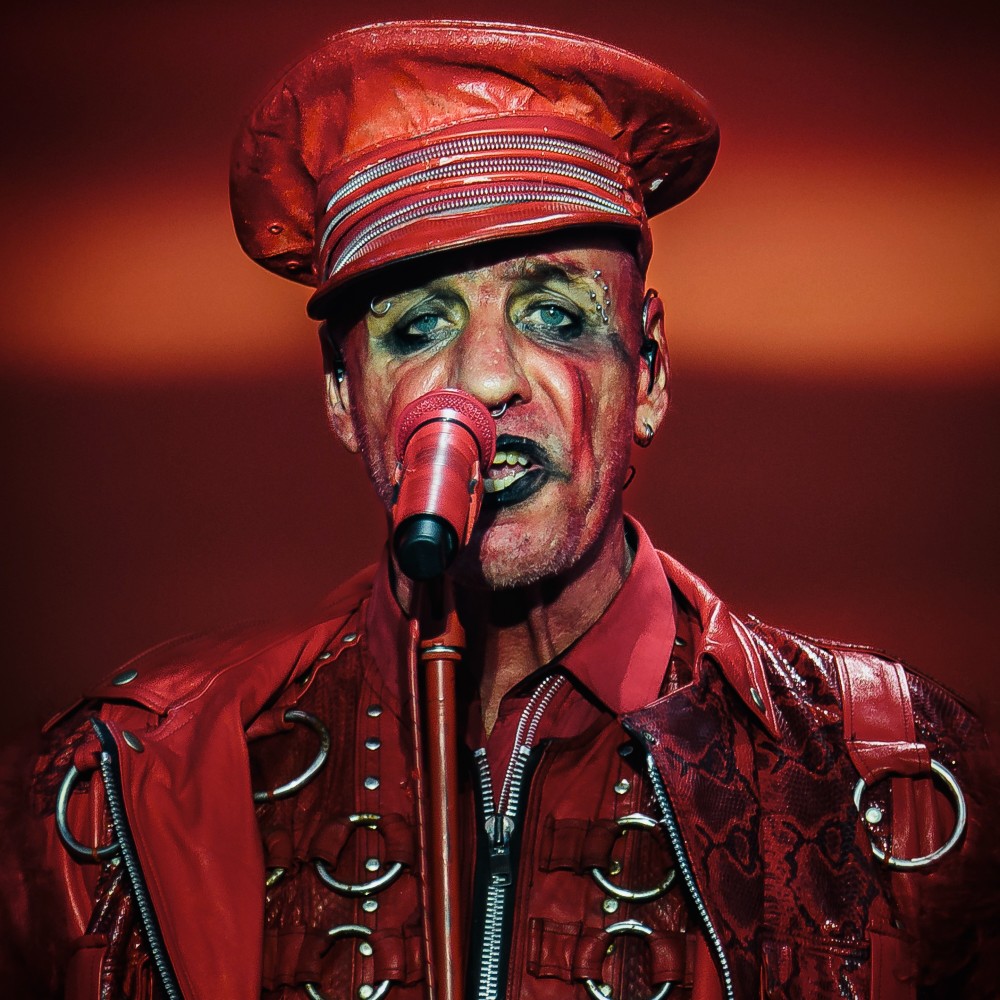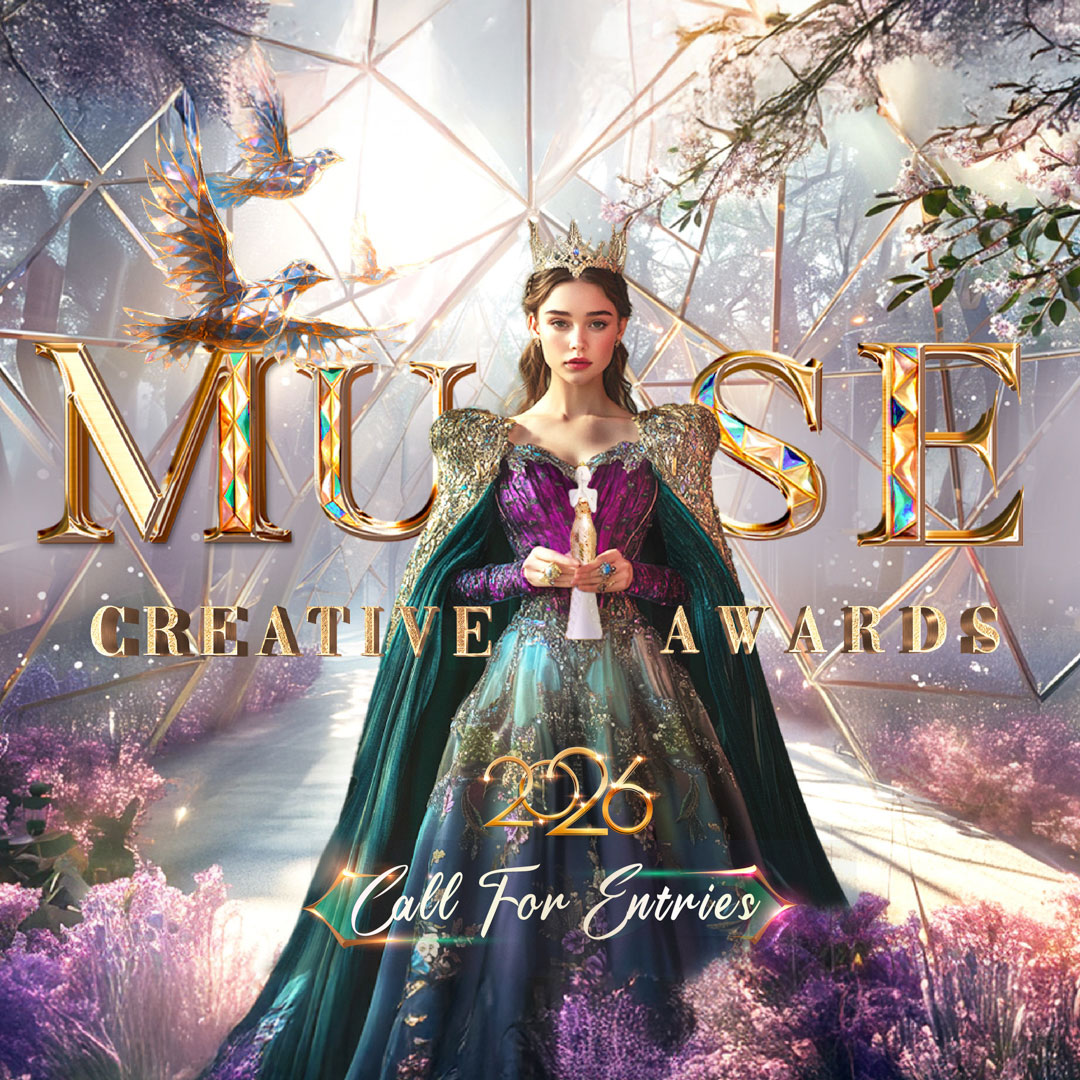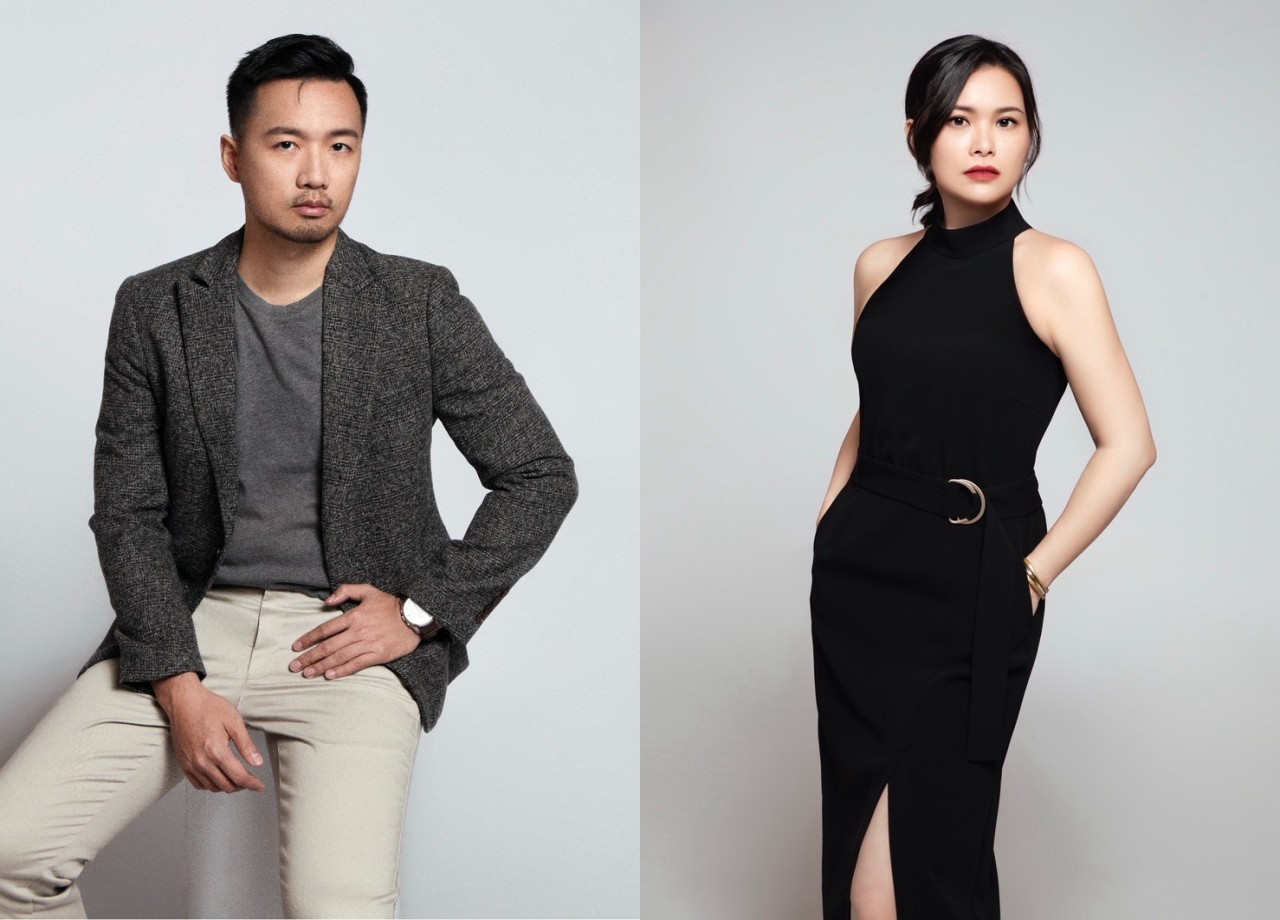An Interview About Venla Shalin’s Journey Through Music and Photography
Venla Shalin
Venla Shalin’s work thrives on instinct, emotion, and a deep connection to music. Each photograph tells a story beyond what is seen, reflecting her belief that true creativity lies in authenticity rather than perfection.
Thank you! My love for music and creativity has always been at the heart of my journey. I grew up playing violin and piano, singing in choirs, and playing guitar, surrounded by the world of artists and creative expression. Live music has always felt magical and healing, and it sparked my desire to preserve those moments.
Photography became my way to capture not only music but the energy, emotion, and creativity in the world around me. Over time, my personal passion has grown into a career, working with incredible artists and exploring new ways to tell stories visually.
The winning photo was born out of restrictions: no moving in the photo pit, little space to work with, and just minutes to capture something meaningful. On top of that, my memory card had an error midway through. The pressure was on, but I focused on staying present and making the most of the moment.
To see that image recognized with a global award feels incredibly validating, especially in an industry where, as a woman, I’ve had to push through belittling, prejudice, and being underestimated. It proves to me that persistence matters. Showing up, no matter the challenges, will eventually take you where you want to go.
For me, it’s quite instinctive. I don’t often enter competitions, so when I do, I go with the photo that keeps pulling me back, the one I can’t stop looking at. It’s less about perfection and more about whether the image truly carries the emotion I felt when I pressed the shutter.
I picked up a camera to preserve moments that felt meaningful, and I wanted to share them with others afterwards. Photography became a way to observe, capture, and share the emotion and energy I noticed in the world around me.
Over time, it turned into a tool to explore creativity, storytelling, and connection, allowing me to express my perspective and celebrate artists and the creative world that I have so much love for.
I love photographing music and creative people because there’s so much magic in the way they create and express themselves. I aim to capture the energy, emotion, and moments that define their artistry, creating images that resonate and leave a lasting impression.
There isn’t one fixed setup because every show is different, but I usually carry two cameras, one with a 24–70mm lens and the other with a 70–200mm lens. That way, I can quickly switch between close details and wide crowd moments without missing anything.
A recent game-changer for me has been using a Spider holster instead of shoulder harnesses. It’s freed me from sore shoulders, and it's easier to move with the cameras secured around my waist instead.
I always aim to show the moment exactly as I saw and felt it. To me, photography is an opinion, a perspective, a point of view. If someone looking at my work can feel the energy, emotion or intimacy I experienced when I pressed the shutter, then I’ve succeeded.
Capturing that intensity and presence in a single frame under those strict constraints was both thrilling and demanding.
I find inspiration in people’s energy and authenticity. Sometimes it’s a quiet moment of concentration, sometimes a burst of expression. The small, candid details that show personality and emotion are what make each photograph meaningful.
I have immense respect for rock photographers like Mick Rock, Katarina Benzova, Bob Gruen, and Denis O’Regan, to name a few. Their ability to capture the raw energy and personality of artists has inspired me deeply.
Beyond that, my biggest influence is learning to see the moments and energy that others might miss. Observing gestures, light, and atmosphere has shaped how I frame and preserve images.
Don’t let awards define your work's worth. They can be a great motivator, but the real reward is in the process of creating and connecting with your art. If you do enter, trust your instinct when choosing a photo. The image that makes you feel something will almost always make others feel it too.
Experiment, learn your gear and don’t compare your journey to anyone else’s. We might be heading in the same direction, but our destinations are unique. Trust that your road will take you exactly where you’re meant to go.
Editing is where I shape the final story of the photo. I mostly work in Lightroom and use Photoshop for small adjustments. I enjoy playing with tones and colors, often creating my own presets inspired by art, films or even the lighting of the venue.
Post-processing helps me translate how the moment felt, not just how it looked when I pressed the shutter.
I see AI as a tool in a box with others, not a threat. Used wisely, it’s an ally that supports creativity rather than replacing it.
In live music, you only get one chance to capture a moment, and sometimes the focus or exposure goes way off due to changing lights and other variables. Having the possibility to enhance or recover those images afterwards can actually save an interesting shot that would otherwise be lost.
This is a big question with a big answer. My dream is to see my work in Times Square, capturing moments I preserve from behind the camera:
Trying to frame what often goes unnoticed, allowing the emotion to shine naturally. You catch subtle movements, Light, and shadows.
Only by being fully present can you truly capture them, and it reminds me why I love photography. I hope viewers sense the energy, wander through the frame, imagine stories, feel the connection, and take a moment to pause.
Winning Entry
Read about the interview where architectural skills turned skills into achievements "From Blueprints to Blossoms: Mette Klint’s Creative Balance" here.
ADVERTISEMENT










IAA GLOBAL AWARDS
MUSE Awards
Vega Awards
NYX Awards
TITAN Awards
- TITAN Business Awards
- TITAN American Business Awards
- TITAN Property Awards
- TITAN Women In Business Awards
- TITAN Health Awards
- TITAN Innovation Awards
- TITAN Brand Awards







